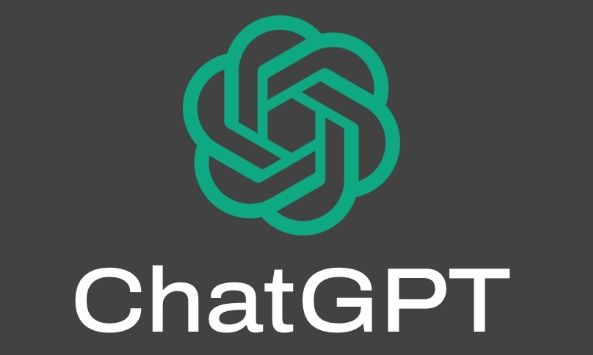
Changing E-Commerce... hopefully for the better
ChatGPT can be used to enhance the customer experience in e-commerce by providing personalized and natural language-based interactions with customers through chatbots and virtual assistants. This can include answering product and pricing questions, providing recommendations, and assisting with the ordering and checkout process. Additionally, ChatGPT can be used to improve the efficiency of customer service interactions by automating repetitive tasks and providing quick and accurate responses. Additionally, it can be used to generate product descriptions, and help with search engine optimization. Overall, the use of ChatGPT in e-commerce can help improve customer satisfaction and increase sales.
While I agree with all of the previous paragraph, I didn't actually
write
it. I've been "playing" with Chat GPT now for a month or so and find it stunning. From creating funny, short, rhyming poems using a friend's name or a couple of miscellaneous words put together to create a funny inside joke. I used it recently to write my Amazon Seller Pros & Cons presentation along with the Do's and Don'ts of selling on Amazon for a group of small business owners in Denver, Colorado. It wrote bullet points that were 100% correct and a few that I may not have thought of talking about that were very important. The uses are limited only by your creativity of knowing what to ask.
In case you're reading this and are not aware of the capabilities of Chat GPT that are spreading like wildfire right now, here are the "Top 10 uses of ChatGPT in E-Commerce", as written by yes, you guessed it.. ChatGPT. This list also includes Chatbots that can be tightly integrated with ChatGPT.
- Chatbot and virtual assistant interactions: Providing personalized and natural language-based assistance to customers in e-commerce.
- Product and pricing information: Quickly and accurately answering customer questions about product and pricing information.
- Recommendations: Providing personalized product recommendations to customers based on their browsing and purchase history.
- Ordering and checkout assistance: Assisting customers with the ordering and checkout process, including answering questions and troubleshooting issues.
- Customer service automation: Automating repetitive customer service tasks, such as answering frequently asked questions, to improve efficiency and reduce costs.
- Search engine optimization: Generating high-quality product descriptions and other content to improve search engine rankings.
- Personalized marketing: Creating personalized marketing messages and campaigns based on customer data and behavior.
- Inventory management: Monitoring and managing inventory levels, and providing real-time information on product availability.
- Order tracking: Providing customers with real-time information on the status of their orders.
- Fraud detection: Analyzing customer data and behavior to detect and prevent fraudulent activity.
Back to me.... There a few that I may have left out or changed but the 80/20 rule applies and in fact is closer to 95/5 accuracy. I can't wait to see where this all goes and how this along with AI created images and music goes in 2023.











